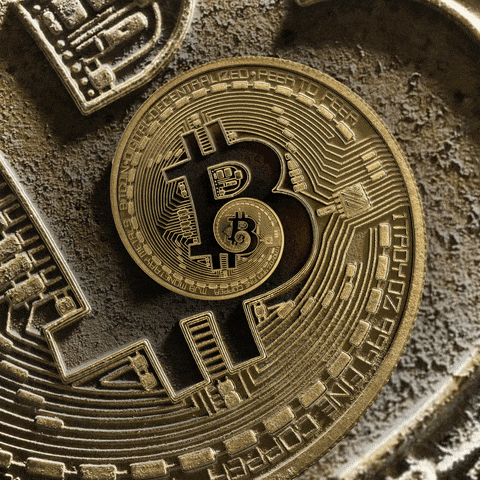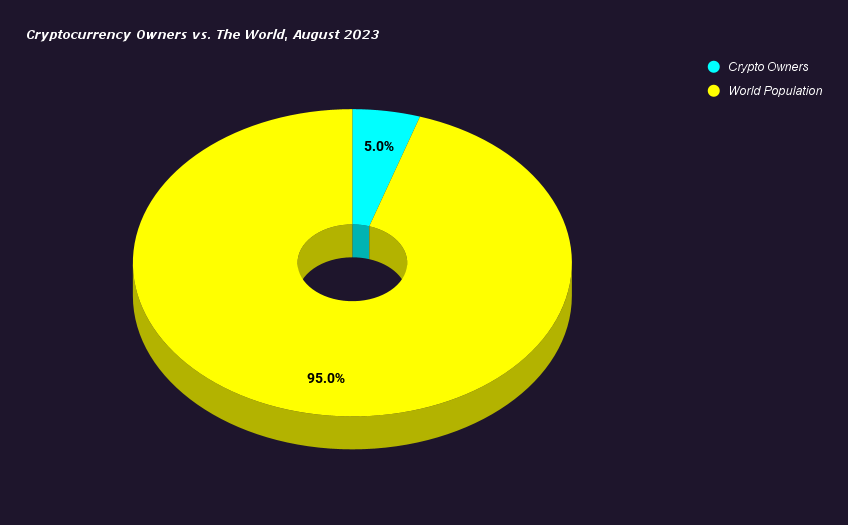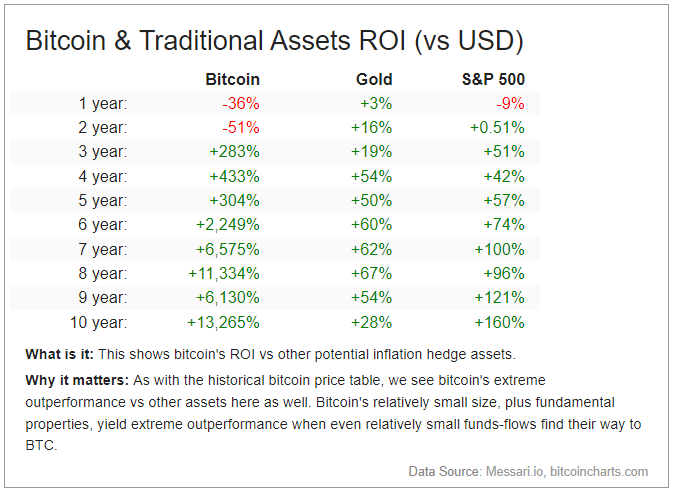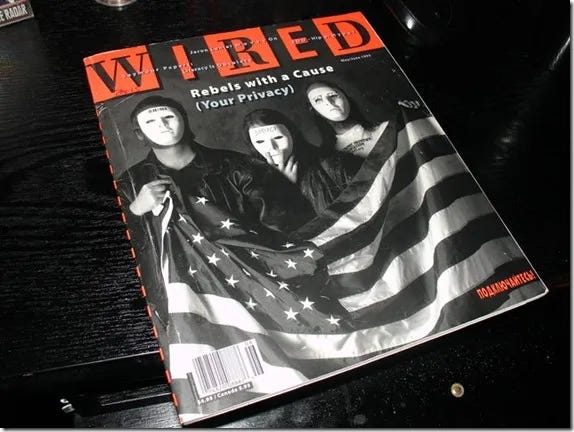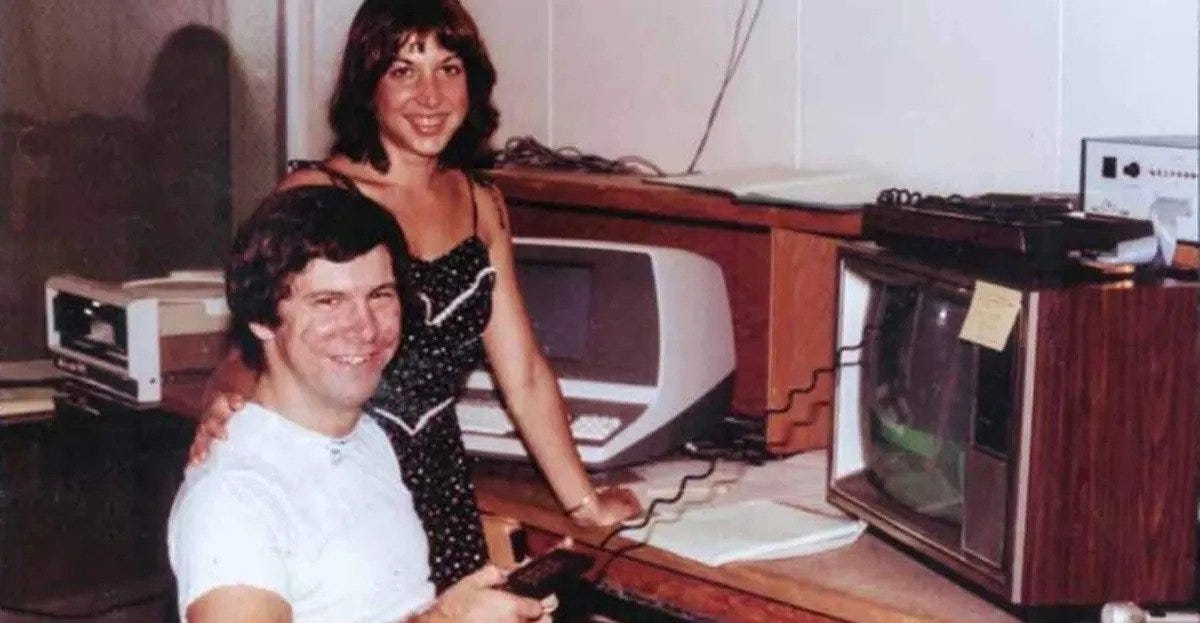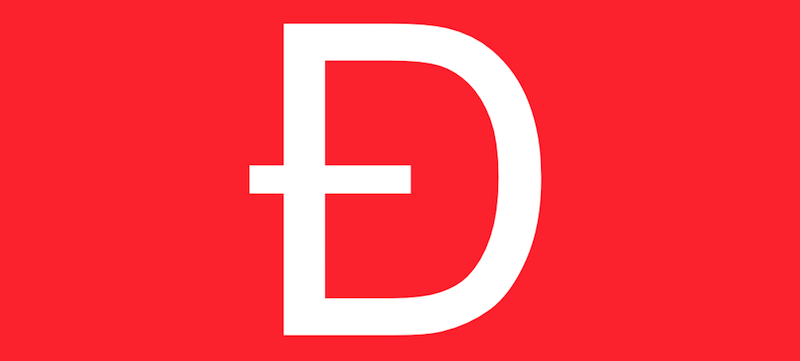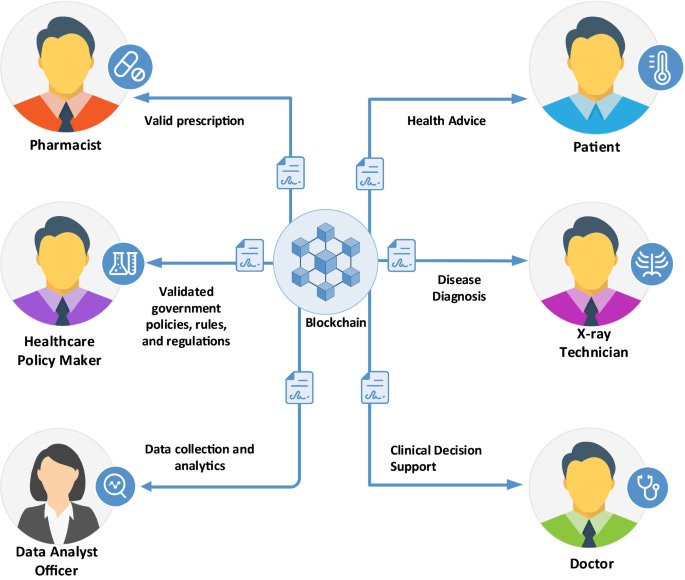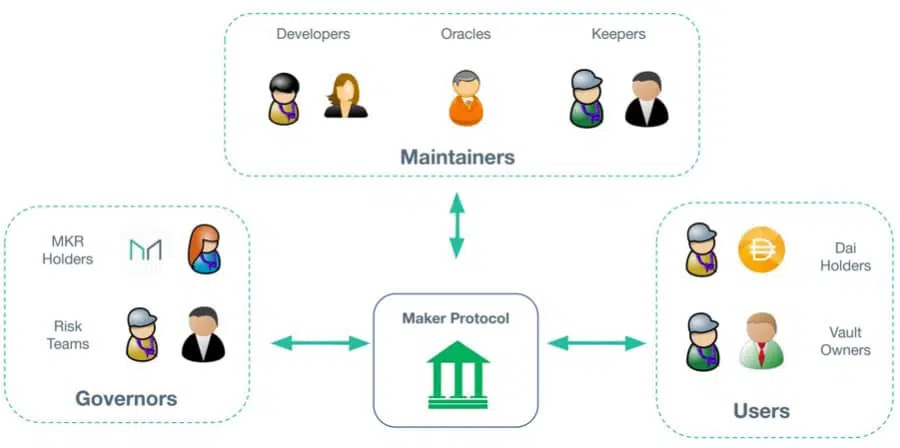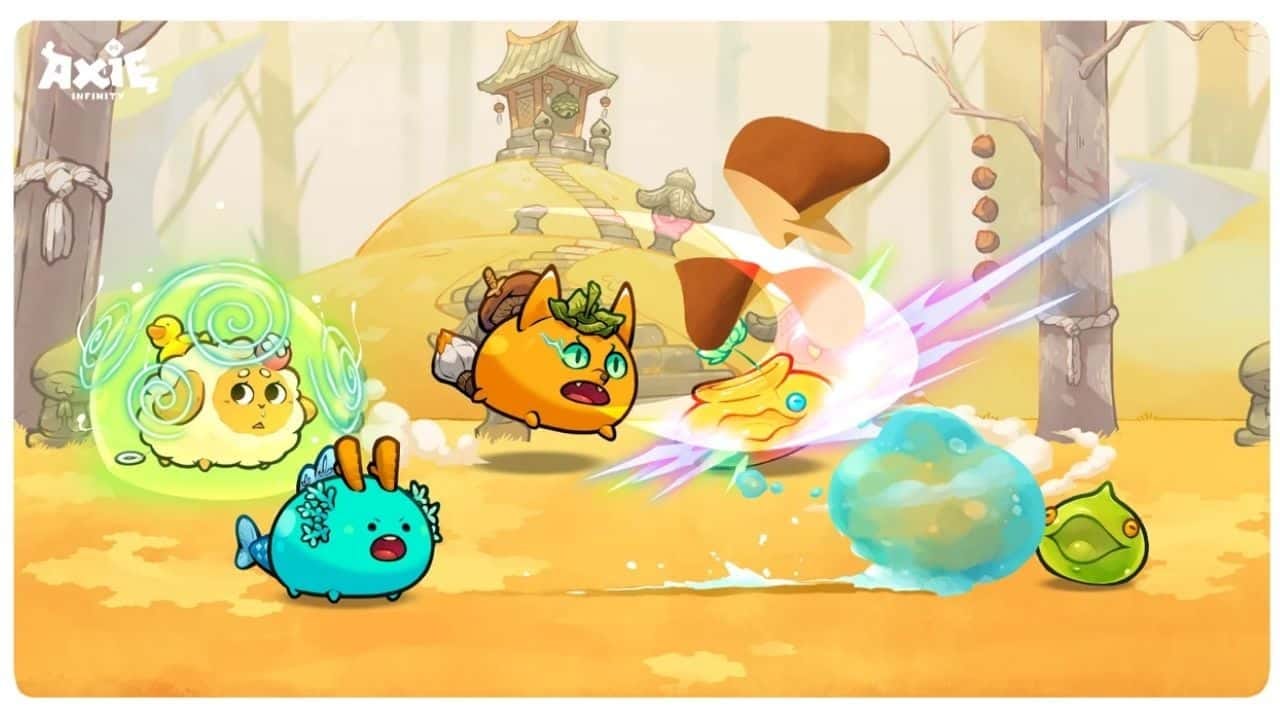Hey there! So, have you heard of Blockchain Technology? 👂
Many may have heard of Bitcoin. Bitcoin the Cryptocurrency is more familiar than Bitcoin the Technology. We call this - Blockchain.
It is estimated globally that more than 420 million people own crypto.
That is roughly 5% of the current world population of 8 billion.
Bitcoin has also become the top-performing asset which has increased by about 13,000% in the past decade.
That is about 83 times the growth of the S&P 500 - the stock market index that tracks the performance of the 500 largest publicly traded companies in the United States.
But why is this so? 🤔
Why the hell is Bitcoin and other cryptocurrencies even worth a fortune? 🤑
This is because of the underlying features that the technology has - and of course, because of speculation and trading. But this will be for another time. 😜
Let me explain the relationship between the two on 3 levels:
Level 1: Bitcoin is digital money, and Blockchain is the digital notebook that keeps track of Bitcoin transactions.
Level 2: Bitcoin is a digital currency that uses Blockchain Technology, which is a secure and transparent digital ledger that records and verifies transactions without intermediaries such as banks.
Level 3: Bitcoin is a peer-to-peer digital currency that operates on a
decentralized ledger called the Blockchain, which uses complex cryptographic algorithms and distributed consensus mechanisms to ensure the security and transparency of transactions. The Blockchain is a distributed database that maintains a continuously growing list of records, or blocks, that are cryptographically linked and time-stamped to prevent tampering and ensure integrity. The decentralized nature of Bitcoin and Blockchain Technology enables a new paradigm of trust, where the trust is placed in the system rather than in centralized authorities.
Blockchain is complex yet it can be best described in a few words:
a) Secure - it is very good at keeping information safe and making sure no one can mess with it
b) Transparent - lets everyone see what happened in the past and makes sure nobody can cheat
c) Decentralized - doesn't have one person or company in charge, making it difficult for anyone to control the system
d) Trustless - designed so that people can trust it without needing to rely on someone else to make sure everything is okay
e) Immutable - keeps information safe and unchangeable so that people can trust that the information they see is accurate and hasn't been tampered with
Now that our definitions are clear, let’s get back in time to know of Blockchain’s beginnings. ⏳
Note: This timeline may be incomplete as this also overlaps with cryptography and the concept of money - which means we would need to go back to Adam Smith or even 5,000 years back in Mesopotamia.
Are you ready? 😯
We Need Nerds 🤓
In 1991, Stuart Haber and W. Scott Stornetta published a research paper titled "How to Time-Stamp a Digital Document", which describes a cryptographically secured chain of blocks that could be used to authenticate digital documents.
They later filed a patent for their blockchain-based digital timestamping method in 1992.
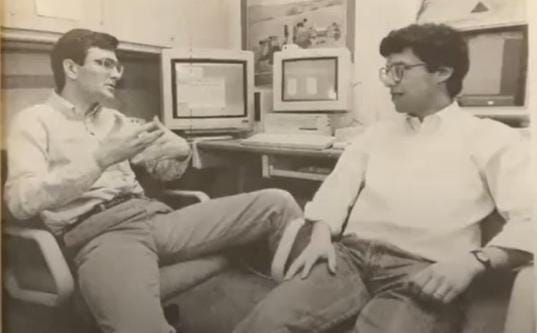
Let’s Make Fake Money 🎭
From the early to late 1990s, a group of computer scientists, cryptographers, and privacy advocates called the Cypherpunks emerged to conceptualize and create digital currencies such as DigiCash, e-Gold, BitGold, Flooz, Hashcash, and many other types but none of them gained any widespread adoption.
These people were interested in promoting individual freedom in the digital age. Several members of the Cypherpunk community, including David Chaum, Nick Szabo, and Adam Back, were involved in developing digital currencies during this time.
This is the Wei 👨💻
In 1998, Wei Dai, a Chinese computer engineer, created “B-money” - a decentralized database using a type of proof-of-work mechanism.
He also developed a cryptographic library and a message authentication algorithm.
Two different cryptocurrencies have been named after him, the “Dai” - used by the Maker DAO, and the “Wei” - the smallest unit of the Ethereum.
Heuristically programmed ALgorithmic computer (HAL) 🤖
By 2004, Hal Finney, an American computer scientist, and cryptocurrency pioneer launched Reusable Proof-of-Work (RPoW) as a prototype for digital cash - a Bitcoin precursor.
Finney had already foreshadowed the use of native digital cash, privacy, mining, predetermined money supply, and competition in cryptocurrencies a while back in 1992 in his “electronic banking” proposal.
During this time, the patent filed by Haber and Stornetta had already lapsed and is no longer protected. With this, anyone can use or improve upon their idea without infringing on their intellectual property rights.
Bear With Me 📉
The world was shaken by the financial crash of 2008, which caused many people to lose trust in traditional financial systems.
It was in this environment that an anonymous individual or group of individuals using the pseudonym "Satoshi Nakamoto" published a whitepaper titled, "Bitcoin: A Peer-to-Peer Electronic Cash System", outlining a new kind of digital currency and store of value called Bitcoin. Other blockchains were then developed soon after.
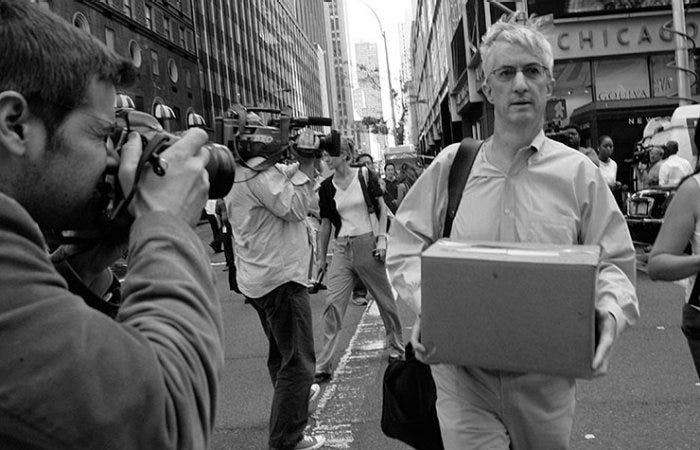
God Created Land on the Third Day 😇
On January 03, 2009, the first Bitcoin block, also called the Genesis Block, is mined by Satoshi Nakamoto, marking the launch of the Bitcoin network.
Its data contains the following:
The Times 03/Jan/2009 Chancellor on brink of second bailout for banks
Smart Money 💸
2013 marks the announcement of Ethereum - a blockchain-based platform for decentralized applications (dapps).
Vitalik Buterin, a co-founder of the project, had been an early investor in Bitcoin but believed that its limited scripting language and lack of flexibility prevented it from being used for more complex applications beyond digital currency.

What the Fork 🍴
In 2014, the first NFT (non-fungible token) - “Quantum”, is minted by artist Kevin McCoy along with developer Anil Dash in the Namecoin blockchain (a fork of Bitcoin aimed at creating domain names).
NFTs are a type of digital asset that represents ownership of a unique item or content, such as artwork or collectibles.
This helped materialize the concept of tokenization making something look more tangible or familiar rather than just numbers or data in the blockchain.
The Ethereum Mafia (not really) 😎
The first version of Ethereum is launched in 2015, along with the ability to create and execute smart contracts.
This was a major development in the blockchain world as it expanded the potential use cases for blockchain beyond just currency and financial transactions.
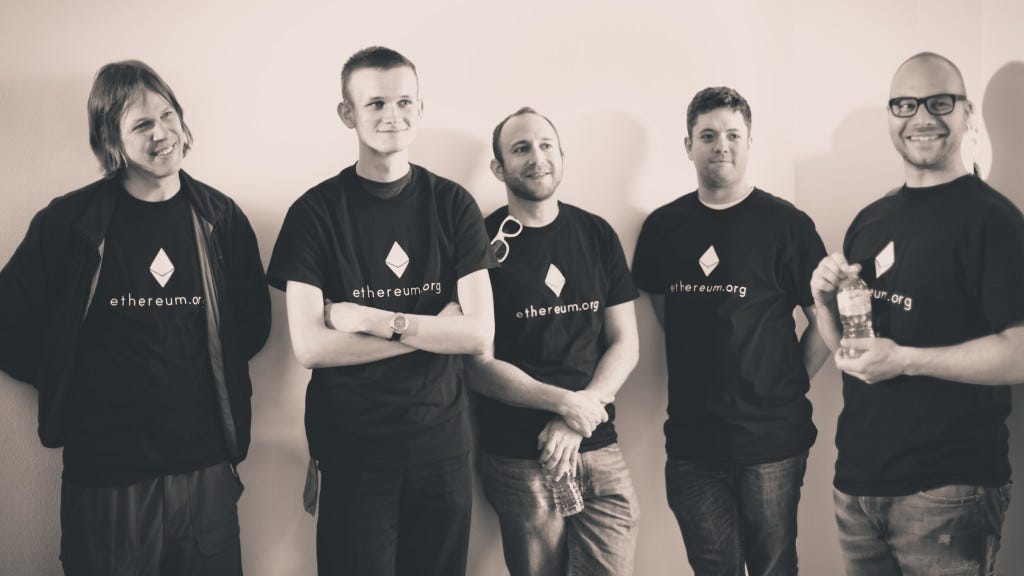
New World Order 🌎
In 2016, The DAO (decentralized autonomous organization) is created on the Ethereum blockchain but was quickly hacked, leading to a hard fork of the Ethereum network - now Ethereum Classic ($ETC) and Ethereum 2.0 ($ETH).
DAOs are organizations that run on a blockchain, allowing members to vote on proposals and make collective decisions without relying on a centralized authority. This creates a more transparent and fair decision-making process and allows for greater participation from all members.
Health is Wealth 😷
This era of development also sprung other applications of blockchain. One that is early in healthcare is MedRec.
MedRec was developed by researchers at the Massachusetts Institute of Technology (MIT) and manages electronic health records (EHRs) that allow patients to have more control over their data and also facilitate data sharing between healthcare providers.
Its utility extends to medical records management, clinical trials, supply chain management, telemedicine, and health insurance.
Magic Internet Money 💰
2017 brought mainstream attention to blockchain and cryptocurrencies as Bitcoin soars to an all-time high.
DeFi (decentralized finance) was coined during this time, making way for various decentralized financial services and applications such as decentralized exchanges, yield farming, stablecoins, and lending & borrowing - don’t worry, these will be elaborated on in the next blogs about crypto jargon.
I Love My GIFs, PNGs, and JPEGs ✨
This year also saw the emergence of experimental projects such as Cryptopunks (the first profile picture project) in June and CryptoKitties (popularized NFT-based games) in December of that year.
These paved way for more classes of users outside of speculation and belief of the technology - the culture and the player consumers.
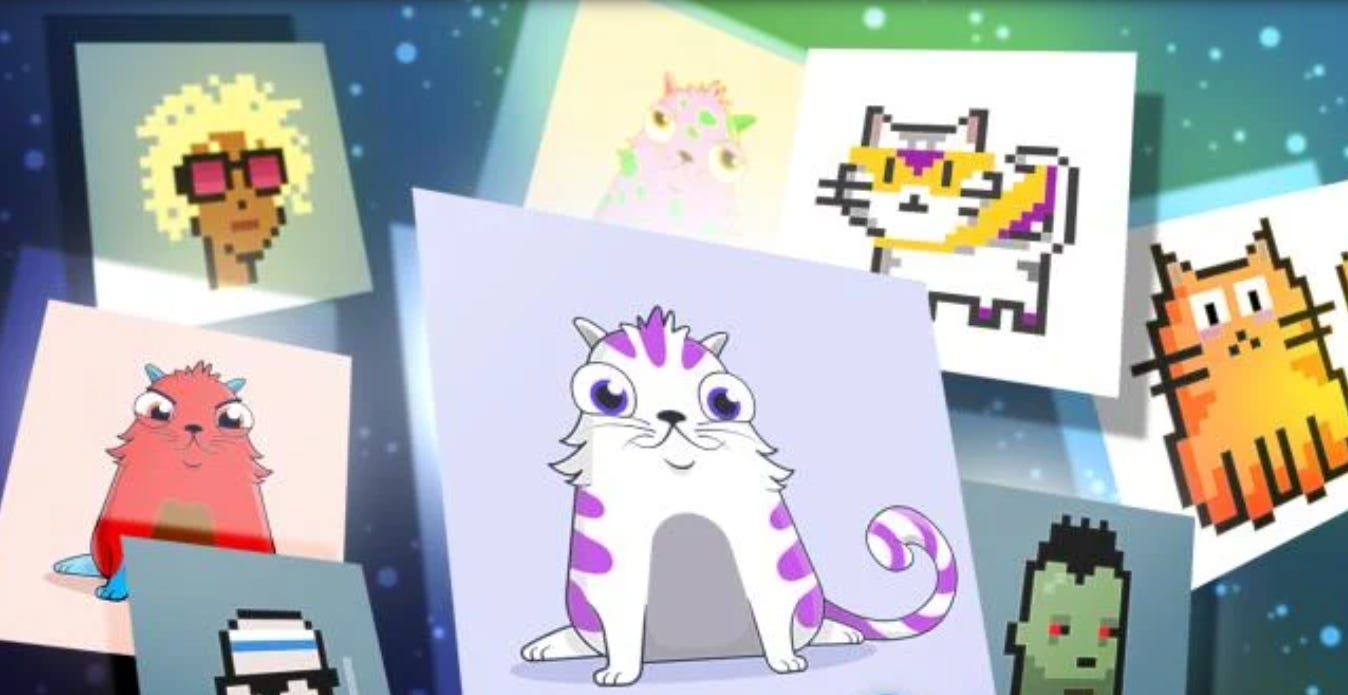
Charles Ponzi 🚫👨🎨
In early 2020, COVID-19 struck the world and caused major economic disruption on a different level compared to the 2008 crash, forcing people to seek alternatives to be able to survive.
Axie Infinity, a turn-based strategy blockchain game with elements for breeding, battling, and trading - allowed players to earn NFTs and cryptocurrencies by playing the game.
Although Axie Infinity was neither the first blockchain-based game nor the first GameFi project, it was the first to be recognized worldwide taking the shape of GameFi integrating both gaming and financial incentives on the blockchain. - Yes, there will be a continuation of this. Please wait for the next blogs.
An example of what blockchain disrupts in gaming is automatic payments. In AxieCon 2022 tournament, the players immediately received their salaries and payments as soon as the tournament was executed. This is something that is unheard of in Web2 esports.
He / She / They / Them / Ze / Xem 🌈
Launched in 2021, Proof of Humanity has gained significant attention in the blockchain community for its innovative approach to digital identity.
It uses a combination of human verification and economic incentives to ensure that every member of the system is a real human being and prevents the creation of fake identities - essentially, a passport system.
This also goes hand in hand with use cases in the legal industry where services and applications involve - electronic signatures, intellectual property and rights, limited liability decentralized organizations (LAOs), chains of custody, tax automation, and even an arbitration system. All these put laws into code.
Imagination Over Knowledge 🚀
As Einstein said…
Imagination is more important than knowledge. For knowledge is limited to all we now know and understand, while imagination embraces the entire world, and all there ever will be to know and understand.
…so, I asked an entity with better computing power than mine to generate an image of the future of blockchain.
I should have just trusted my imagination. Who knows, I might be wrong. 🤪
So, what have you learned today?
Do you now understand why Blockchain is valuable?
Stay tuned for the next blog about terms and definitions to help you with clarity.
As always...
Enjoy the read. 📚
Enjoy the ride. 🚀
Welcome to Web3! 👋




